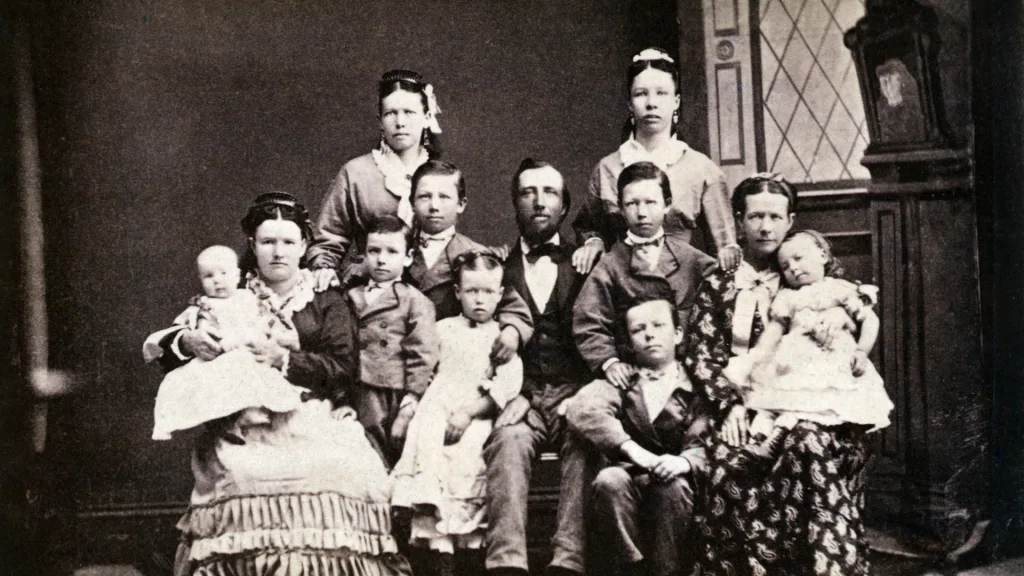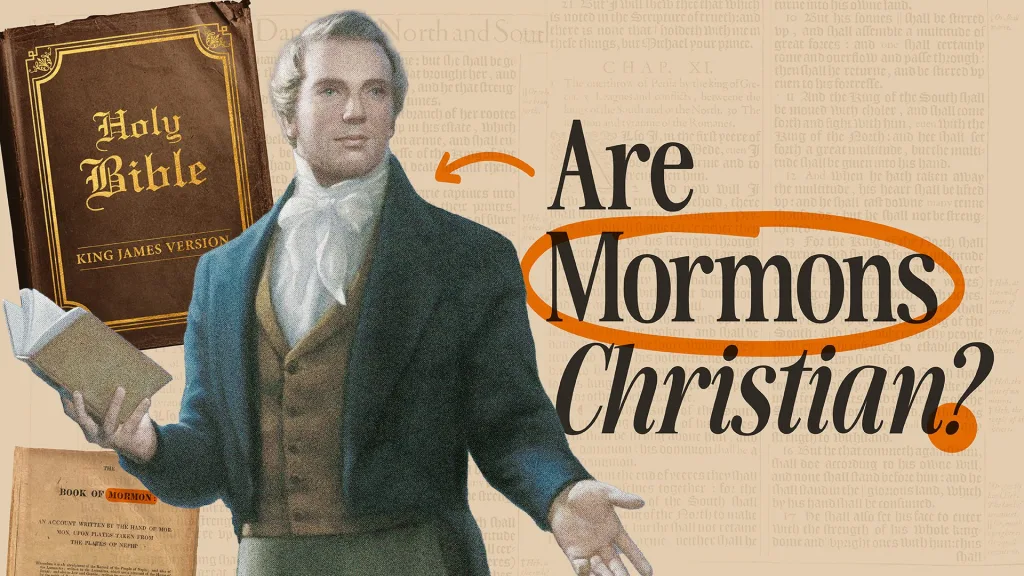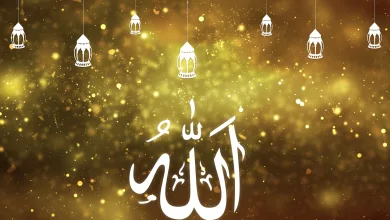Mormonism
The Church of Jesus Christ of Latter-day Saints, often called the Mormon (or LDS) Church, is probably the best known and undoubtedly the largest of the religious movements begun since 1800. Since 1950, it has doubled in size every fifteen years, and in 2010, claimed fourteen million members worldwide, with over half that membership outside the U.S. Much of its growth is attributable to its missionary program: Tens of thousands of clean-shaven, white-shirt-and-tie-clad young men give two years of their life, at their own or their family’s expense, to spread the LDS Church’s message globally. In an average twenty-four-month stint a missionary converts five people to the Mormon faith.

Once found mainly in Utah, Mormons now live in all fifty states and nearly every nation. Formerly despised, on the fringe of society, Mormons have become a mainstream group. They head large corporations like Marriott and Albertsons and are elected as representatives and senators—there’s even a chance that by the time you read this a Mormon will be working out of the Oval Office. Their strong family values help them find acceptance in almost every neighborhood. Many Americans, including some members of the LDS Church, assume they’re another Christian denomination. But their actual teaching contradicts Christianity on a number of key points. Mormon use of Christian terms, with different meanings, causes and spreads confusion.
The Mormon Church was founded with six members in Fayette, New York, on April 6, 1830. Its founder, Joseph Smith Jr., said God had revealed to him that none of the Christian denominations was the correct one and that he was to restore the true faith. Smith claimed a number of revelations through appearances by divine messengers. The one appearing most often was Moroni, a glorified being and the son of an ancient prophet named Mormon.
Among other messages, Moroni told Joseph Smith where some metal plates had been buried in the woods. Smith’s translation of these plates is the Book of Mormon, which along with Doctrine and Covenants and Pearl of Great Price, added later, became the primary Mormon scriptures. Smith claimed the plates were written in “Reformed Egyptian” hieroglyphics (a nonexistent language). He also said that upon complete translation, Moroni took the plates to heaven (so there is no way to verify his claim).

Mormons also claim to follow the Bible “as far as it is translated correctly” (8th Article of Faith). “Correct” is anything that does not contradict the other books, so in practice Smith’s revelations hold authority over the Bible. Prophets of the LDS Church can add (and have added) further revelations.
The fledgling group grew rapidly and made moves due to friction with non-Mormons (whom LDS members call Gentiles). They settled in Ohio, briefly, then two locations in Missouri, followed by Commerce, Illinois, which they renamed Nauvoo (Smith said this was Hebrew for “Beautiful Place”). During this period, Smith claimed more revelations and wrote more scriptures, supplementing his original teaching, and announced his candidacy for U.S. president. Continued friction with non-Mormons, controversy over polygamy, and Smith’s destruction of a non-Mormon newspaper office led to his arrest in 1844. On June 27, a mob stormed the jail and killed Joseph Smith and his brother Hyrum.
Following Smith’s death, the Mormon community divided. The largest group followed Brigham Young on a famous journey west to the Salt Lake Valley in present-day Utah. The largest of several splinter groups accepted Smith’s son, Joseph Smith III, as prophet and leader. Staying in the Midwest, they officially registered, in 1860, as the Reorganized Church of Jesus Christ of Latter-day Saints. They use Smith’s own Bible translation rather than the King James Version used by Young’s group. Their headquarters is in Independence, Missouri. In 2001, they changed their name to the Community of Christ.

As the main group continued to grow, it faced a number of challenges. Brigham Young had announced, in 1852, a previously secret revelation of Joseph Smith’s promoting the importance of polygamy. Young himself had fifty-five wives. As Utah was seeking statehood, the LDS Church began to distance itself from the practice. An 1890 manifesto warned against plural marriages, and a 1904 edict strengthened that warning with excommunication against polygamous unions, though the practice still continues in splinter groups.
In 1978, LDS President Spencer W. Kimball reversed the Mormon position on racial issues. Joseph Smith had taught that black skin was a curse and prohibited African-Americans from holding the priesthood. Since this change, the LDS Church has experienced rapid growth in Africa.
Mormon doctrine teaches that there are many gods and that God the Father is god only of this world. The gods were once humans who achieved a glorified status, which is taught in the couplet “As man is, God once was; as God is, man may become.” The goal of Mormonism is ultimately to become a god of one’s own world. In heaven, a Heavenly Father and Mother produce spirit children who await bodies so they can become human and begin the process (this is the main reason Mormons typically have large families).

Jesus, the first of God the Father’s spiritual children, became a human through physical relationship between God the Father and a human mother. His death purchased resurrection for all people, who will face a judgment and spend eternity in one of four places. The celestial kingdom is for those who accept Mormon doctrine. The terrestrial kingdom is for good people who reject Mormon teaching on earth but later accept it in the spirit world. The telestial kingdom is for those who twice reject Mormon doctrine. The outer darkness is for Satan, his angels, and former Mormons who left the Church.
The celestial kingdom itself contains three levels. To attain the highest level, a necessity to eventual godhood, one must accept Mormon doctrine and carry out numerous temple rituals. For most of LDS Church history, there was only one temple, first in Ohio when the group settled there, then rebuilt in Salt Lake City. More recently, as Mormonism has grown significantly, more temples have been built in major cities across the U.S. and overseas. Rituals like eternal marriages and baptisms for the dead are carried out in the temples. (There are many additional rituals for the leadership.)

An Extra Minute
As the LDS Church continues to expand and become more generally accepted, it may see further revelations from leadership that further change controversial teachings. Core beliefs, however, will remain the same. Many, from those who have accepted an invitation to attend a Mormon church, to those who have married into a Mormon family, know little or nothing about LDS doctrine and assume it is a variation of Christianity.
LDS Latter-day Saints
LDS Latter-day Saints
LDS Latter-day Saints
LDS Latter-day Saints
LDS Latter-day Saints
LDS Latter-day Saints
LDS Latter-day Saints
LDS Latter-day Saints
LDS Latter-day Saints
LDS Latter-day Saints
Morgan, G.R. (2012) Understanding World Religions in 15 Minutes a Day. Minneapolis, MN: Bethany House Publishers, pp. 154–157.



